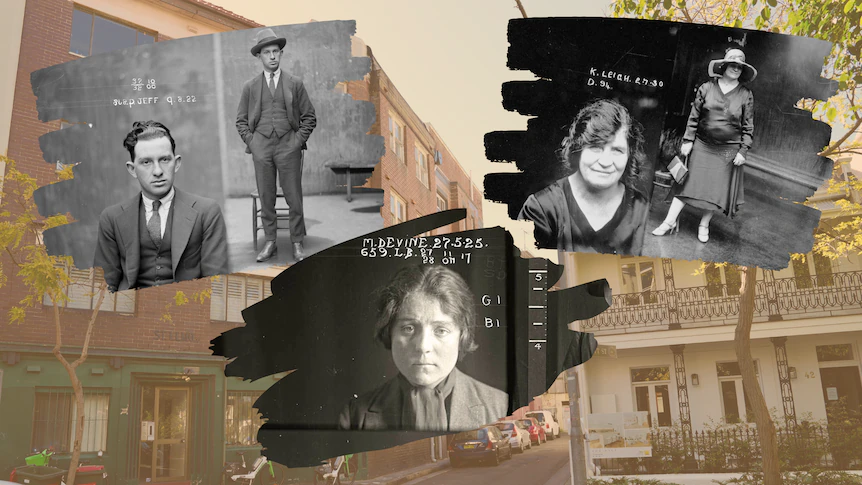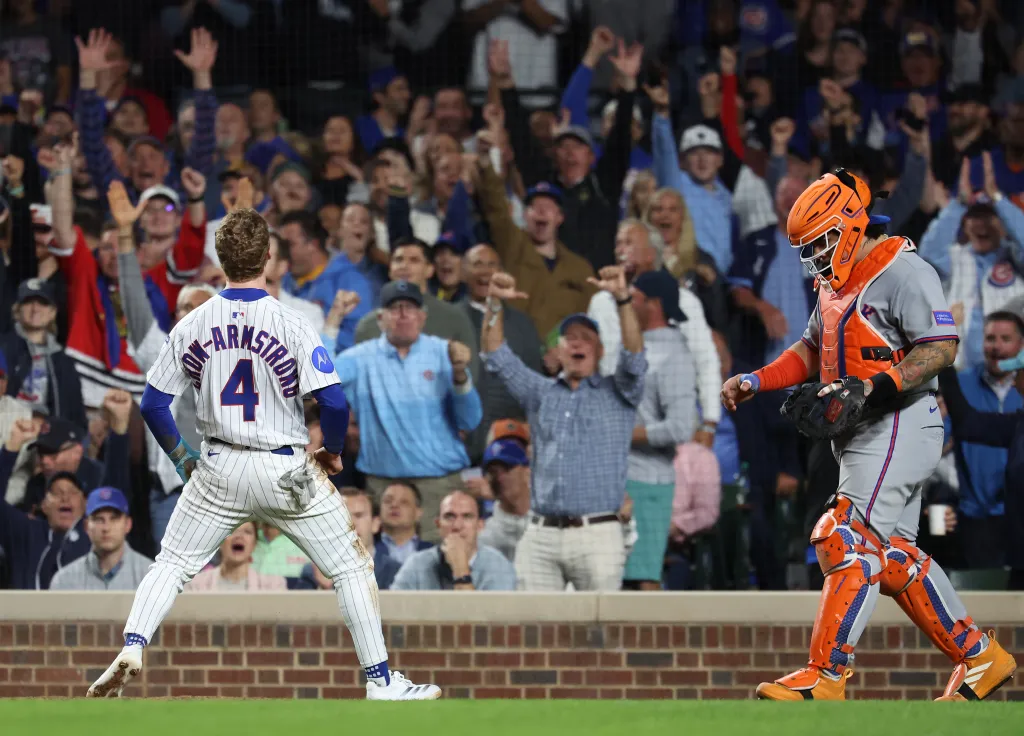By Isabella Ross
Copyright abc

Sydney is no stranger to violence spilling onto the streets, with bloody gangsters ruling the city and dominated the headlines a century ago.
Now known for their trendy apartments, bars and eateries, Darlinghurst, Surry Hills, Woolloomooloo and Kings Cross were once the scene of an organised crime battle in the late 1920s and early 1930s.
This era’s crime bosses were fighting for control of the criminal underworld.
Historian Max Burns-McRuvie runs a tour company that delves into this history.
Some of the tours focus on the razor gang wars — a time when straight shaving blades were the weapon of choice to void exposure to laws that meant automatic jail time for anyone caught carrying an unlicensed firearm.
“There was this 1920s attitude of anti-authority, finding ways around the law and a mixture of gangsters and glamour,” Mr Burns-McRuvie said
‘Queen of the underworld’: Kate Leigh
Kate Leigh went from poor origins to owning a criminal empire.
A part-time crook in her youth, Leigh slowly became known as “queen of the underworld” and “sly grog queen”.
After multiple police run-ins, Leigh turned her attention to the illegal, clandestine sale of alcohol during the era’s mandatory 6pm pub closures.
“It was a perfect storm — men coming back from war with shell shock, wanting to drink and couldn’t get it legally after 6pm. She seemed to take all of her criminal experience and become a sly grogger,” said Mr Burns-McRuvie.
Leigh reigned over Sydney’s sly-grog market before adding cocaine distribution to her criminal portfolio.
James Findlay, a University of Sydney lecturer in Australian history, said Leigh was both feared and respected by different groups.
“She was cast in the press as the embodiment of the underworld menace,” Dr Findlay said.
“A woman wielding power in a criminal economy fed into broader anxieties about female respectability at the time.”
One fellow gangster said in a 1990 biography: “If you were sweet with Kate, she’d do anything for you and give you anything. But if you crossed her, she’d shoot you.”
Despite her list of rival enemies, Leigh was seen as a “matriarch for the working class”, and she died aged 82.
“She was harsh but protective of her community,” said Dr Findlay.
“She always had muscle on hand.”
Equal to Leigh’s level of notoriety during the razor gang wars, there was another female crime boss — both determined to come out on top.
‘Queen of the night’: Tilly Devine
Born Matilda Twiss in London, when she moved to Sydney she used the name Tilly Devine.
After working in a factory in her teens, Devine turned to sex work and learned “how to hold her own”.
She fell in love with a client, an Australian soldier, and the pair married and moved Down Under, where he became her “pimp on the streets”, said Mr Burns-McRuvie.
“She was a headache to the courts,” he added, noting an incident in 1925 when Devine slashed a man’s arms and face with a razor on Crown Street for staring at her.
Following a prison stint, Devine turned her attention to running brothels.
The NSW Vagrancy (Amendment) Act 1905 prohibited men living off the earnings of sex workers — though it made no mention of women instead running the brothels.
The loophole meant Devine became a madam, with her husband selling cocaine out of the brothels.
She became known as “Queen of Woolloomooloo” and “Queen of the night”.
“At the same time, we shouldn’t romanticise her — violence, intimidation and exploitation were central to her business model.”
Her relationship with rival Leigh was fraught.
“When they both started to become wealthy and powerful, they got into territorial wars,” Mr Burns-McRuvie said.
Dr Findlay said it remained “one of the most notorious feuds in Australian criminal history”.
“They were both fiercely protective of their criminal empires.
“They traded insults in the press and newspapers loved this story of two vice queens battling for Sydney.”
In her final years Devine lost much of her wealth to unpaid income tax and fines. She died aged 70.
‘Sly-grogging and selling cocaine’: Phillip Jeffs
Phillip ‘Phil the Jew’ Jeffs was not just a heavy muscle thug used as a pawn during Leigh and Devine’s battle, but a rival in his own right.
“He was involved in gun shootings, sly-grogging and selling cocaine,” Mr Burns-McRuvie said.
While a lot of the other men in this era were killed or jailed, Jeffs stepped back and poured a lot of the money he made into one of Sydney’s early illegal casinos — the 50-50 club.
“It was all about cocaine being freely sold in there and sly grogging. He managed to have society folk, police and politicians on his pay role,” Mr Burns-McRuvie said.
“He had organised crime on his side.”
Jeffs took his earnings and retired up to the Central Coast before his death aged 48.
Australia’s ‘inherent fascination with crime’
For the public who remain fascinated with this part of history, Dr Findlay said it comes down to a multitude of reasons.
First is the gendered element of the razor gang wars — the enduring influence of figures like Devine and Leigh.
Second is Australia’s “inherent fascination with crime” from Ned Kelly to recent true crime cases.
Third is the interwar period itself.
“There’s sex, drugs, violence, plus the glamour of the Jazz age. Many people were living life in the moment after experiencing the cataclysmic events of the first World War,” Dr Findlay said.
“The razor gang wars also provide us with a really fascinating window into Sydney’s urban life during the interwar years — particularly how restrictive laws on alcohol, sex work and weapons unintentionally created a thriving black market for the working class.”



